Demystifying the Mortgage Process: A Step-by-Step Guide
Buying a home is an exciting milestone, but navigating the mortgage process can feel overwhelming, especially for first-time homebuyers. In this guide, we break down the mortgage process into simple steps, providing clarity and actionable insights to help you make informed decisions.
Understanding Mortgage Basics:
To start, it's important to grasp the fundamentals of mortgages. There are different types available, such as fixed-rate mortgages with consistent monthly payments, and adjustable-rate mortgages that may fluctuate over time. Understanding these options helps you choose the mortgage that best suits your financial situation and goals. Additionally, lenders assess your creditworthiness based on factors like credit scores, income, and employment history. Familiarize yourself with key terms such as down payments, loan-to-value ratio, and closing costs, which play crucial roles in the mortgage process.
Preparing for Homeownership:
Preparation is key to a successful mortgage application. Start by saving for a down payment, which typically ranges from 3% to 20% of the home's purchase price. Establishing a budget that includes not just the mortgage payment but also other homeownership costs like property taxes, insurance, and maintenance is essential. Take steps to improve your credit score by paying bills on time, reducing outstanding debts, and avoiding new lines of credit. These efforts can lead to more favorable interest rates and loan terms. Gather the necessary financial documentation, including tax returns, bank statements, and proof of income. Obtaining a pre-approval from a lender provides a clear understanding of the loan amount you qualify for, allowing you to set a realistic budget and enhance your credibility as a serious buyer.
Navigating the Mortgage Application Process:
The mortgage application process involves several stages. Start by submitting an application to your chosen mortgage lender. They will review your financial information, credit history, and employment details to assess your eligibility. Be prepared to provide any additional documentation they request, promptly and accurately. Once your application is submitted, it enters the underwriting stage, where the lender evaluates the risk and verifies the information provided. This process requires patience as the lender thoroughly reviews your financial profile. If your application is approved, you will receive a mortgage commitment letter, indicating that the lender is willing to fund your loan.
Exploring Financing Options and Assistance Programs:
Research the various financing options available to homebuyers. Government-backed loans, such as those offered by the Federal Housing Administration (FHA) or the Department of Veterans Affairs (VA), often have more flexible qualification requirements and lower down payment options. Conventional mortgages, offered by private lenders, may be suitable if you meet their credit and income criteria. Additionally, explore down payment assistance programs and grants that can help reduce upfront costs. Many local and state governments offer such programs to assist qualified buyers.
By demystifying the mortgage process through this step-by-step guide, you gain the knowledge and confidence necessary to navigate the home financing journey. Understanding mortgage basics, preparing for homeownership, navigating the application process, and exploring financing options are key steps to ensure a successful and rewarding experience. Remember to consult with mortgage professionals and seek personalized advice tailored to your specific circumstances.
Empower yourself with valuable insights and actionable tips to make informed decisions, secure favorable mortgage terms, and achieve your dream of homeownership. If you’re ready to get started, click here to start your loan application with our team!
